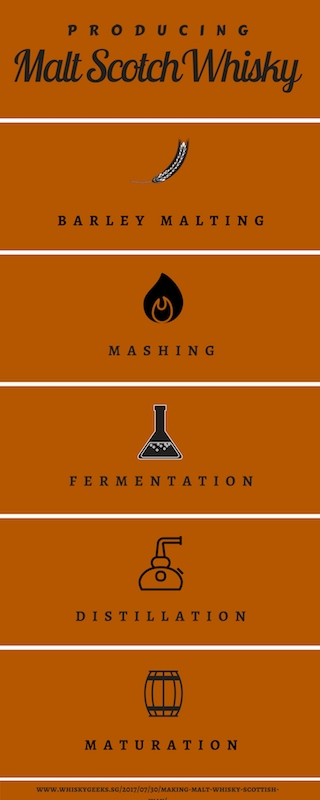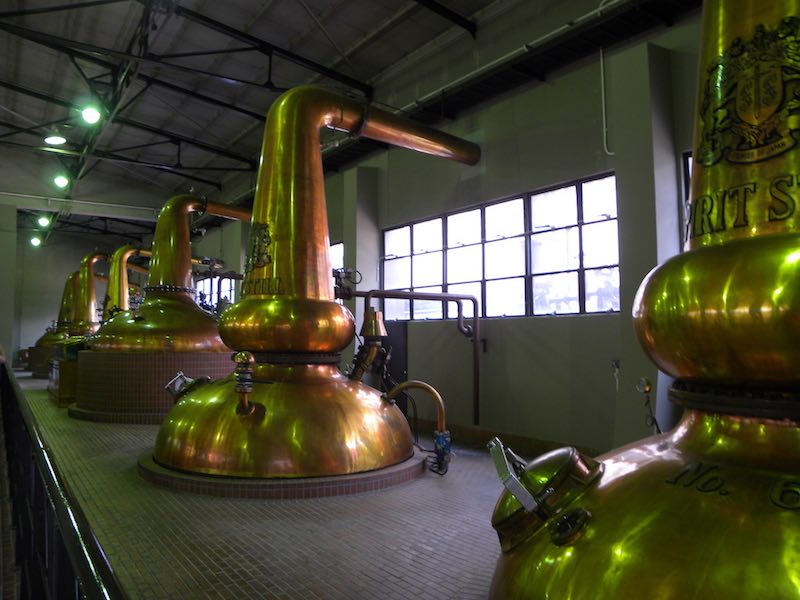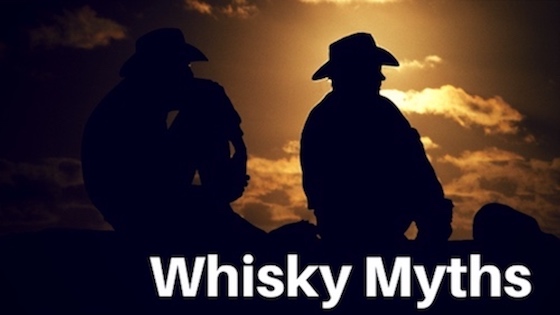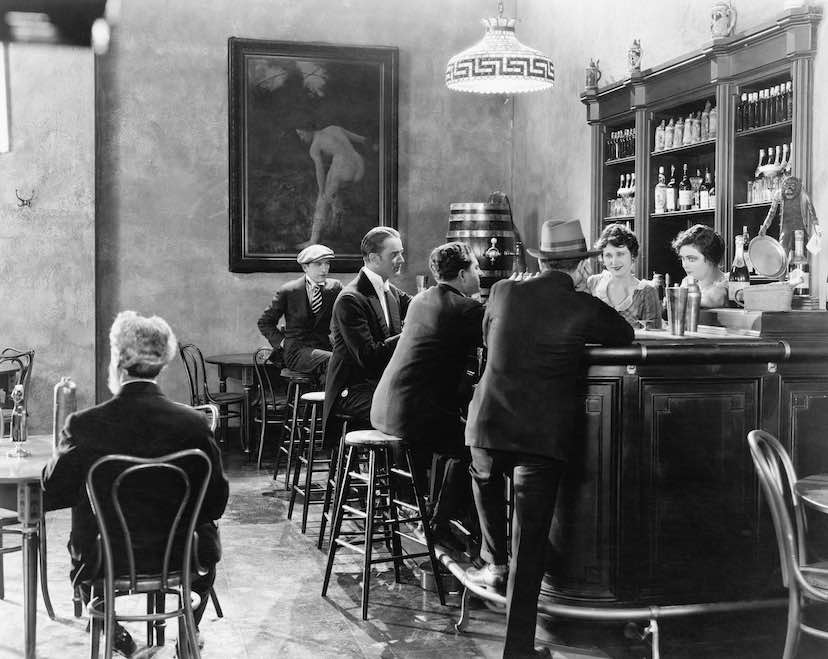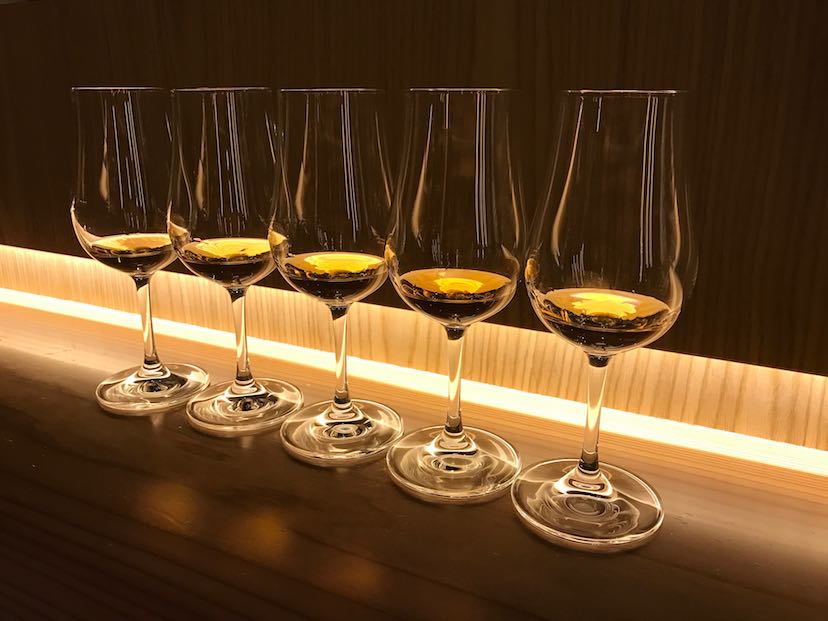A Short Note about Independent Bottlers
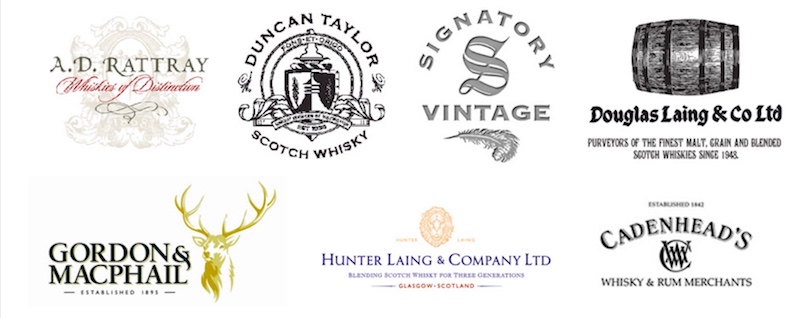
Picture Credits: http://whiskyforeveryone.blogspot.sg
Much talks about independent bottlers have been around for a while. Almost everyone has an opinion about independent bottlers. Some say that they are fantastic for the market, some not so. Others say that independent bottlers make inferior whiskies, while some appreciate these whiskies more. Despite the mixed opinions, indepedent bottlers are rising to fame. Why is that so?
The Appeal of Independent Bottlers
The appeal of independent bottlers (IBs) is simply the fact that they expand the whisky market. You can call them an industry disruptor if you will, because they bring a larger selection of whisky to the world. IBs do one of these two things – they buy new spirits from distilleries and mature them in their own casks, or they buy and trade already matured whisky in barrels. If the IBs decide on new spirits, they can choose to store the barrels/casks in their own warehouse, or leave them in the distillery or a shared warehouse.
The Rise of Independent Bottlers
The last decade has seen the rise of many new independent bottlers, especially in Scotland. There is also a trend for popular whisky shops to bottle their own whiskies. For example, The Single Cask, La Maison du Whisky, The Auld Alliance, etc. These shops are found in Singapore and each of them have their own labels. These new independent bottlers often confuse people, because they are not well-known to the public. The doubt is strong regarding how good they are. Oftentimes, they need to prove their own worth but they are doing it!
History of Independent Bottlers
The first known independent bottler in Scotland appears to be Gordon & MacPhail from Elgin. Originally a well-known grocery company, it decided to buy malt whisky in casks and to bottle it with their own labels. As they started in 1895, they have a large stock of malt whisky casks that are worth a fortune in current time. Between 1895 to 1980s, there were many other IBs, but most of them closed down due to the 2 world wars and major economic upheavels.
In the 1980s, Signatory Vintage Ltd entered the market. The Symington brothers marked the Scotch single malt as their goal, and they make it their mission to change the Scotch single malt market. Due to their diligence and hard work, they transformed the whole market in 20 years, achieving high success.
Up until 2001, there were many dubious new IBs which entered the market and gave it a bad name. This pretty much caused suspicions and doubts from both big player distilleries and consumers alike. Restrictions were placed by the big boys. Distilleries such as Glenmorangie and Glenfarclas forbid IBs to use their names. Others like Diageo, stopped selling casks to IBs. Consumers boycotted certain IBs which are producing inferior products. Some stopped trying whiskies from IBs completely. The sincere IBs were in trouble. With no good quality casks to be bought, they were in danger of drying up.
Solutions to the Problem
In order to survive, the IBs bought distilleries themselves. Gordon & MacPhail took over the Benromach distillery. Murray McDavid bought Bruichladdich while Ian MacLeod took the helms at Glengoyne. Signatory Vintage waited a while before buying Edradour distillery. With the big IBs running their own distilleries, expectations of independent bottling naturally raise as well, creating this class of high quality independent whiskies that we get today.
The Future of Independent Bottlers
Nobody knows what the future may bring. Nonetheless, we foresee mergers in the short to medium term for the IBs. For the long run, they will need to come up with better business strategies. One viable option is to set up new distilleries of their own. Some examples of such include the Isle of Arran and Kilchoman. The easiest way to do this is to buy a distillery that is closing down. However, this, in itself, is a challenge. Well-known distilleries are expensive while cheap distilleries have lesser potential. How can one decide which to buy?
Nonetheless, the future is not totally bleak for the IBs as the market is taking notice. As long as they continue to finetune their business models and produce good whiskies, the consumers will help them to survive for the next 100 years or more.
Like what you have just read?

